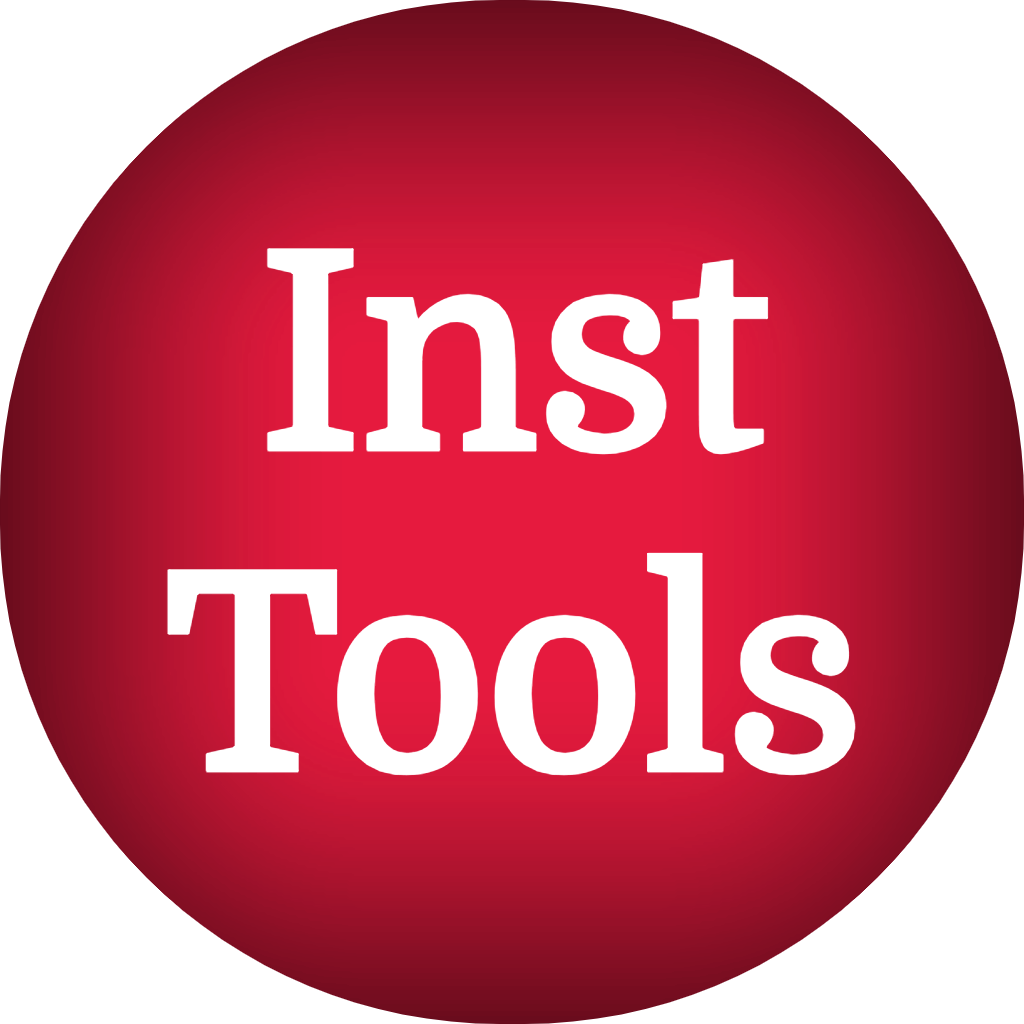0:07
in this video I will discuss about
0:15
inputs any type of sensor transmitter
0:20
instrument these are analog inputs to
0:28
system the control system system may be
0:33
DCS or any type of automation
0:37
system these are analog
0:41
inputs in Industries mostly all these
0:46
analog inputs are based on 4 to 20
0:53
okay we have a PLC and one computer
1:00
we will see some of the examples of
1:06
inputs for example there is a
1:10
motor and you want to measure the motor
1:14
speed this motor speed is also an analog
1:22
PLC and you will receive the signal in 4
1:28
milliamp and it is AI that means analog
1:35
PLC also some of other parameters
1:39
related to motor are power
1:42
consumption current value voltage value
1:49
Etc you can take these values
1:52
from electrical feeders or variable
2:01
and if you have a control wall and you
2:06
can take wall position feedback that
2:10
means how much the wall is opened for
2:20
70% the W is opened or 40% the wall is
2:27
closed like that you can take
2:34
feedback this feedback is an analog
2:40
PLC see this is a 4 to 20 milliamp
2:45
signal and it is AI input analog
2:52
okay also we have many types of sensors
3:05
flow Etc these are all analog inputs to
3:15
also uses 4 to 20 milliamp
3:19
signals all these are analog
3:25
inputs and current voltage signals
3:32
also 4 to 20 milm analog signals
3:38
AI I shown some of the analog
3:42
inputs which are commonly used in the
3:46
industries there are so many variables
3:50
available okay all these are analog
3:54
inputs in the previous video we
3:58
discussed one example
4:04
transmitter the same concept you can
4:07
apply for all these instruments
4:13
parameters all these uses same
4:16
concept all analog inputs based on
4:20
current signal uses the same
4:28
say the motor speed is 0% 0
4:33
RPM then the PLC receives 4 milliam
4:39
okay let's say motor speed maximum is
4:45
RPM then the PLC receives 20
4:53
okay the zero scale is 4
4:57
milliamp the full scale is 20 m
5:00
mampers your measurement may be in any
5:07
unit that respect to transmitter or
5:10
device calculates the equivalent current
5:13
signal and sends the current signal to
5:17
PLC the PLC already have configured with
5:22
all these field instrument
5:24
details for example the PLC is receiving
5:28
the motor speed from this channel okay
5:34
then the motor speed which is 0 2,000
5:38
RPM that range and other parameters
5:43
related to specific device are already
5:47
configured in the PLC so the PLC knows
5:53
data that is why whenever it receives
6:01
it uses the precompiled data or already
6:04
configured data and present live
6:08
signal then calculates the respective
6:12
process variable in this case it is
6:15
speed so the motor speed will be
6:19
calculated and it will be displayed on
6:24
computer this is the concept for analog
6:27
inputs the same concept applies to any
6:31
type of analog input based on 4 to 20
6:38
milliamp that is why if you have the
6:41
basics if you have the strong
6:43
Foundation about the 4 to 20
6:48
milliamp you have better grip for the
6:52
system you can easily troubleshoot the
6:56
system you can do the maintenance you
6:58
can do the troubleshooting you can
7:01
attend complex issues you can solve the
7:07
easily that is why you must know the
7:10
basics you must have the strong grip
7:15
system if you have strong
7:18
Foundation any system it may be a new
7:21
system to you it may be a old
7:24
system you are the master
7:28
okay instead of following
7:33
procedures simply following the
7:35
procedures without knowing the
7:38
basics you are not at
7:42
Advantage learn the basics you are the
7:47
simple thank you I will meet you in the

